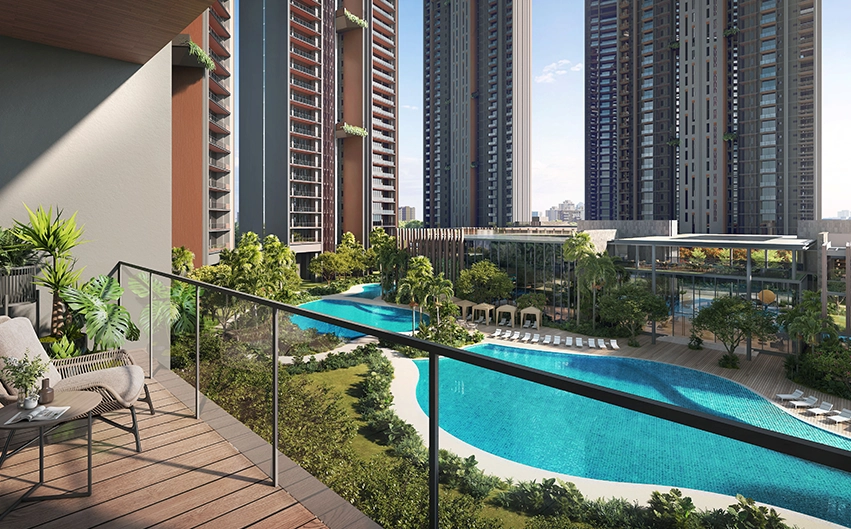Across the world, cities are undergoing a major transformation. Urban planners and real estate developers are increasingly embracing the idea of walkable neighborhoods—communities designed to prioritize people over vehicles. These neighborhoods go beyond being a planning trend; they represent a lifestyle choice that supports health, sustainability, and community building.
At a time when sedentary routines and pollution are contributing to chronic illnesses and social disconnect, walkable localities stand as beacons of hope. They promote physical activity, reduce car dependency, and encourage social interactions—all essential for a balanced urban life. The idea is simple: if you live in a neighborhood where walking to the store, school, park, or office is safe and convenient, your quality of life improves naturally.
The Health and Environment Equation
Daily walking, often overlooked in urban settings, is one of the most effective ways to combat lifestyle diseases. From obesity to hypertension and diabetes, health experts point to simple, consistent movement as the key to prevention. Walkable communities enable that by design—not as an afterthought.
Environmentally, these neighborhoods reduce carbon emissions, traffic congestion, and noise pollution. Fewer cars mean cleaner air, and integrated green spaces add to residents’ well-being. This shift is also driving the rise of green homes and sustainable homes — dwellings designed with eco-friendly materials, energy-efficient systems, and smart layouts that blend wellness with sustainability.
India’s Urban Shift
In India, the push toward sustainable urban design is gaining traction. Metropolitan areas like Delhi NCR are reimagining their real estate ecosystems. Developers are incorporating mixed-use planning, eco-conscious building practices, and inclusive infrastructure to address evolving lifestyle needs. The focus is no longer on building only for density—but for dignity, health, and harmony with the environment.
Gurugram: Leading the Urban Evolution
Zooming in on the Delhi NCR region, Gurugram emerges as a leading example of this new urban thinking. Once seen as a city of high-rises and expressways, Gurugram is now being redefined through thoughtful urban development that encourages community living and daily mobility on foot.
The city is rapidly developing walkable neighborhoods—especially in fast-growing zones like South Gurugram and Sohna—where the emphasis is on connectivity, open green spaces, and access to essentials. From educational institutions to healthcare, retail to recreation, everything is being built within reach. These neighborhoods are also where buyers are showing growing interest in lifestyle-oriented offerings such as apartments in Gurugram, independent floors in Gurugram, and integrated townships with community-first planning.
The Infrastructure Advantage
What sets Gurugram apart is its infrastructure vision. With planned arterial roads, improved metro connectivity, and development of social infrastructure like parks, jogging tracks, and community spaces, the city is laying the groundwork for long-term sustainable growth. This infrastructure supports not just physical movement, but social vibrancy and emotional well-being—core ingredients of a high-quality life.
Signature Global: Shaping This Vision
Among the contributors to this transformation is Signature Global, a brand quietly yet consistently reshaping urban living through thoughtful townships. One such example is Daxin, a 125+ acre integrated development in South Gurugram’s Sohna region. Designed for work-life balance, Daxin offers all modern amenities within a walkable radius—be it schools, shopping, parks, or offices. It reflects the brand’s commitment to sustainable homes in Gurugram, community-driven living, and wellness-centric lifestyles.

As India’s cities expand, the future lies in building smarter—not just taller. Walkable neighborhoods are the way forward, and in places like Gurugram, that future is already taking shape—one step at a time.